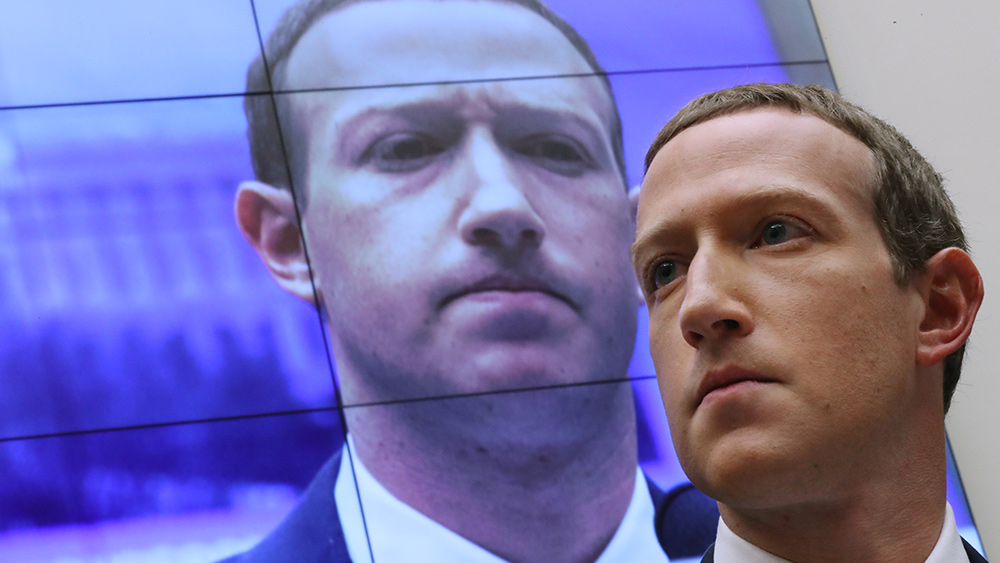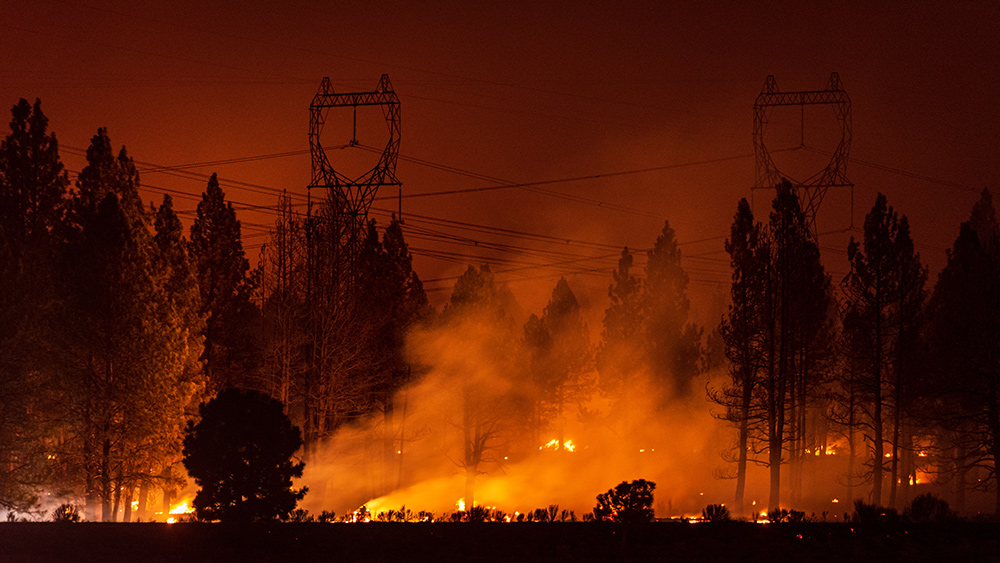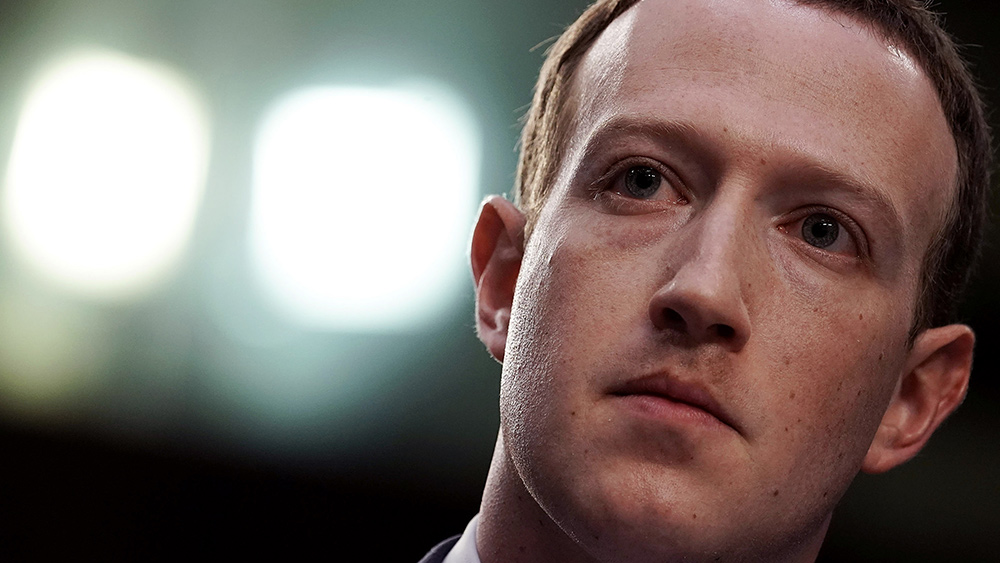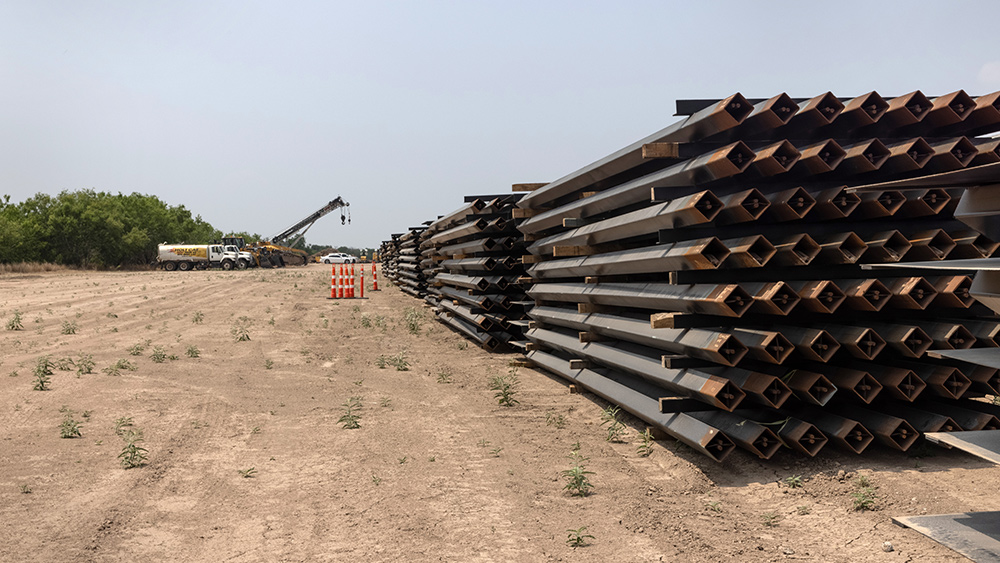5G technology may lead to the collapse of power grids
By bellecarter // 2024-12-26
Tweet
Share
Copy
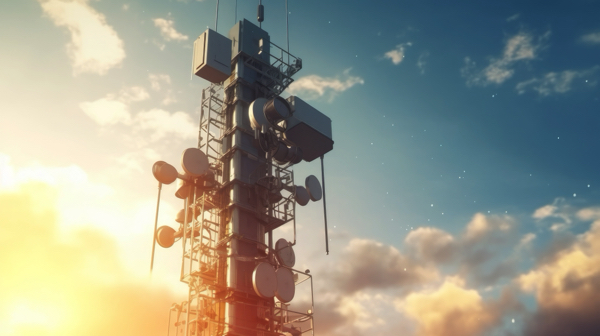
- The deployment of 5G technology is expected to revolutionize internet speeds, offering up to 1,000 times faster data transmission compared to previous networks.
- Despite its supposed benefits, 5G networks are anticipated to consume up to 1,000 times more power than current networks, posing significant energy demands and environmental challenges.
- The energy-intensive nature of 5G is exacerbated by the scale of infrastructure and hardware needs, including small cells, MIMO antennas, cloud computing and the proliferation of internet-connected devices.
- The energy consumption of 5G networks is already putting a strain on existing power grids, as mentioned by a 2020 study, with equipment at operator sites often unable to meet the additional power requirements.
- By 2030, the energy consumption of 5G networks is expected to increase by 160 percent, rising to 51.3 million tonnes of oil equivalent, akin to the energy consumption of Sweden or all U.K. households in a year. Addressing this issue involves exploring more energy-efficient technologies and renewable energy sources.
5G is starting to hamper the power grid
The energy demands of 5G have already begun to strain existing infrastructure. Roberto Kompany, a senior analyst at Analysys Mason, pointed out in a 2020 report that the equipment at operator sites is often inadequate to meet the additional power requirements of 5G networks. Moreover, the 5G network's reliance on millimeter wave bands, which are more prone to interference and require a denser network infrastructure, amplifies the energy consumption problem.(Related: 5G wireless technology is a DISASTER waiting to happen.) "A 5G base station is generally expected to consume roughly three times as much power as a 4G base station," noted a 2019 article in IEEE Spectrum. This means that not only are we dealing with a massive increase in data transmission speeds, but we are also facing a substantial rise in energy consumption, a perfect storm of sorts. The implications of this energy demand are alarming. According to a 2020 study by the Data Centre Forum, by 2030, energy consumption for 5G networks is expected to grow to 51.3 Mtoe (million tonnes oil equivalent), equivalent to all the energy consumed in Sweden or all power used just by households in the United Kingdom taht year. This is a 160 percent increase in energy consumption between 2020 and 2030, driven by the energy demands of powerful network elements, the proliferation of 5G cell sites, and the flexibility of 5G networks in both consumer and enterprise use cases. Visit 5GAlert.com to learn more about 5G and its dangers and implications. Watch the video below where Health Ranger Mike Adams interviews Dr. Basima Williams on how one can be protected from EMF, 5G and electropollution. This video is from the Health Ranger Report channel on Brighteon.com.More related stories:
5G Danger: 4 Ways 5G wireless technology can seriously harm human health. Top 4 conspiracy theories about 5G that are coming true. 5G Defense Powder contains key nutritional ingredient that may help protect your body's cells from health risks linked to 5G exposure and electropollution.Sources include:
Expose-News.com Spectrum.IEEE.org CFR.org Brighteon.comTweet
Share
Copy
Tagged Under:
glitch collapse power grid internet cyber war power electricity dangerous smart meters information technology 5g computing future tech supply chain energy supply 5G alert
You Might Also Like
AI, AI and even more AI: Nvidia announces projects and products lined up for 2025
By Arsenio Toledo // Share
NVIDIA unveils generative physical AI tools, revolutionizing industrial automation and robotics
By Lance D Johnson // Share
The cost of Facebook’s now-repudiated censorship
By News Editors // Share
